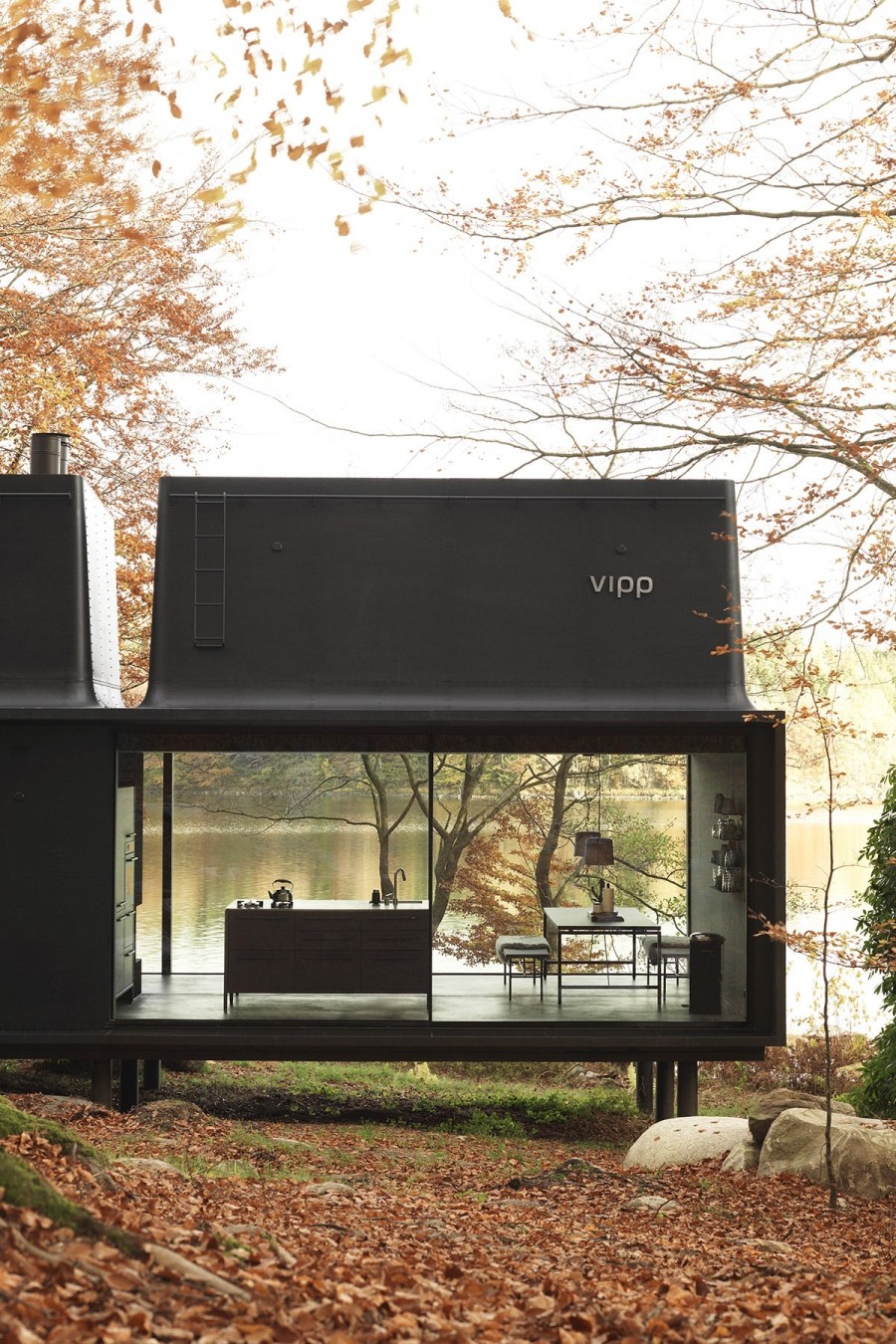COVID-19 quarantine is making me nostalgic for travel. I am extra thankful for the trips I have taken in the past. It has been a joy to look back at the pictures and memories while we are stuck at home. One of my most memorable trips was hiking the Inca Trail in Peru.
Wouldn’t It Be Crazy If…?
Courtney Carver, a well-known blogger on simplicity at Be More With Less, writes about allowing our crazy ideas to play out.
In May 2016, my friend Ashley and I went on an amazing adventure. She was starting law school in the fall and wanted one last trip before she would be heads-down studying for the next three years of her life. I had recently read a travel article about Peru, and threw out the idea, “Wouldn’t it be crazy if we went hiking in Peru?” What started as a wild suggestion grew into full-blown plans. Neither of us had much experience backpacking, hiking, or camping, but we decided to hike the Inca Trail.
To provide some background, the Inca Trail is typically a four-day, three-night hike. It runs 26 miles, ending at Machu Picchu—a UNESCO World Heritage site of the famous ancient Inca ruins. It journeys through a variety of landscapes and micro-climates. The trek includes two steep mountain passes, with elevation ranging from 8,000-14,000 feet. Not to mention early mornings and long days.
After we agreed to go, we spent a few months planning. We purchased the recommended equipment, booked flights, and registered with a trekking agency, which was required to get a hiking permit. Before we knew it, we were waking up at 3:00 AM in a hotel in Cusco, Peru waiting for a bus to take us to the trailhead.
A New Challenge
I would be lying if I said the hike was easy. Coming from Minnesota, we were not used to the high altitude. And for some reason, working out and training never made it to the top of my to-do list before we left. Regardless of the physical and mental challenge, it was all worth it to see Machu Picchu at sunrise on the last day. Truly unforgettable.
However, one thing that particularly stands out in my memory was our struggle to pack for the hike. We read all about the warnings against bringing too large of a backpack, as it would weigh you down and make the trek miserable. Plus, the trekking agency provided porters to carry the tents and food. With that information, we each settled on a good hiking backpack for our frame. Mine was a 28-liter daypack.
Trying to make the most out of those 28 liters was a new challenge. After painstakingly packing, unpacking, and repacking, we settled on what we presumed would be the ideal amount of clothes, gear, snacks, and water to survive the trek.
Written by Sarah Warth



